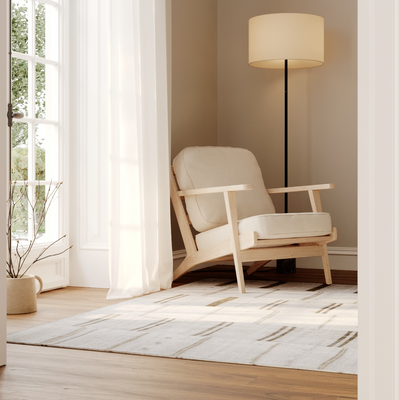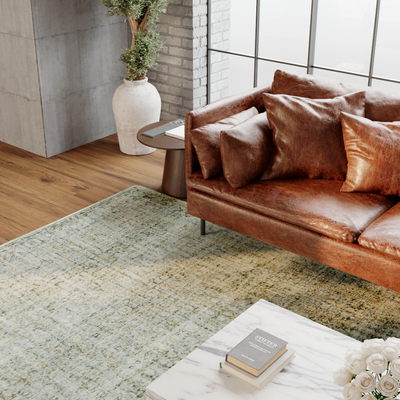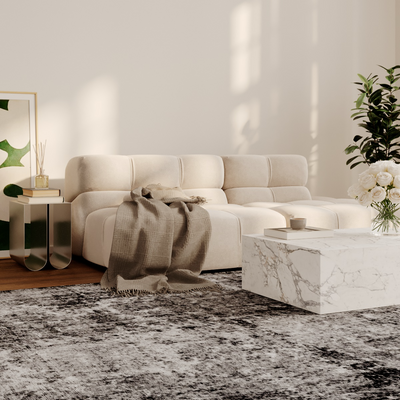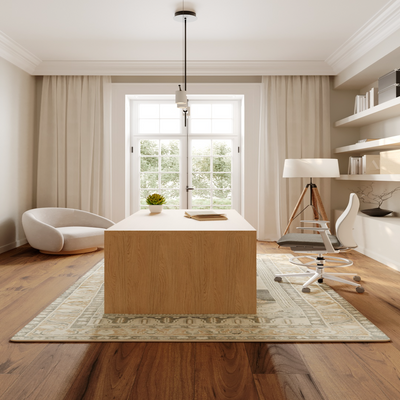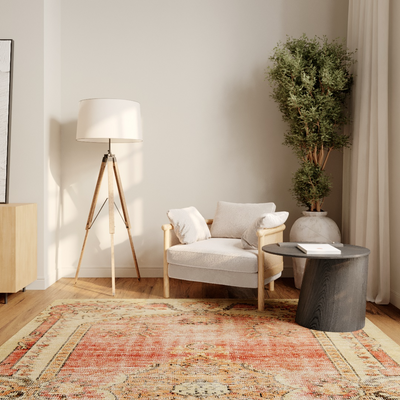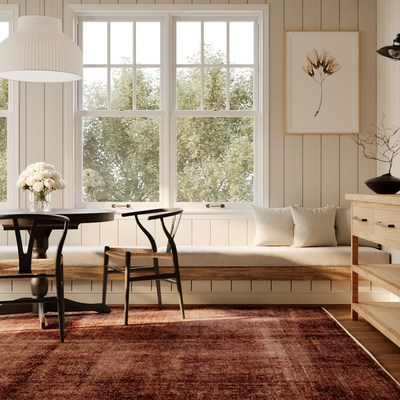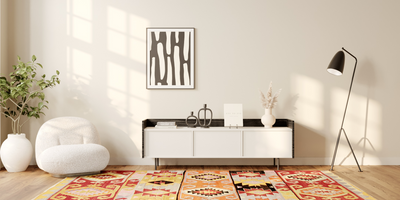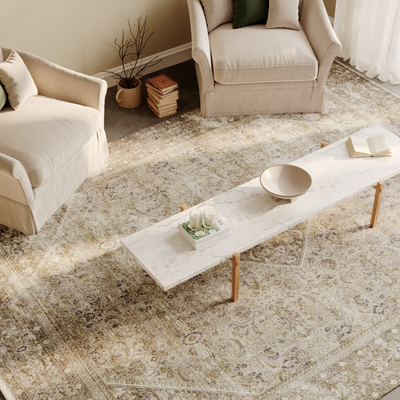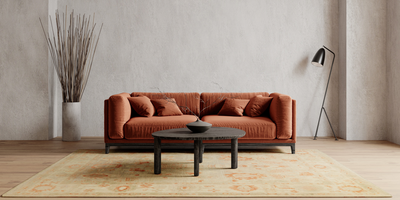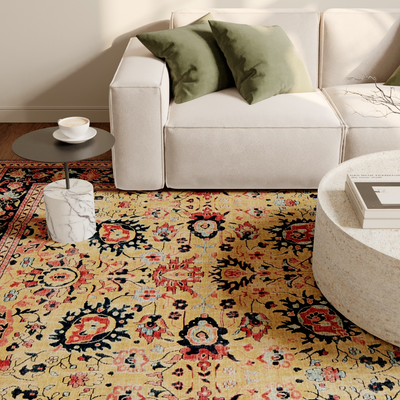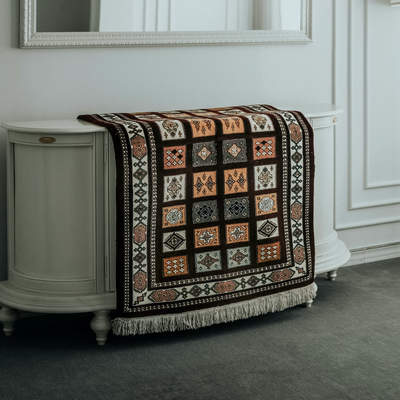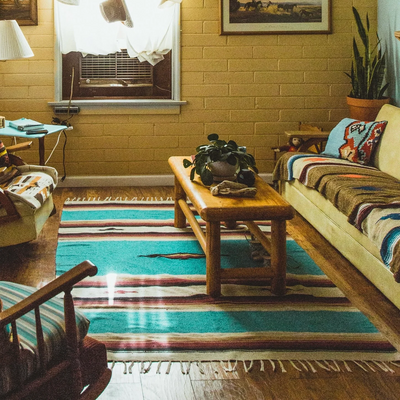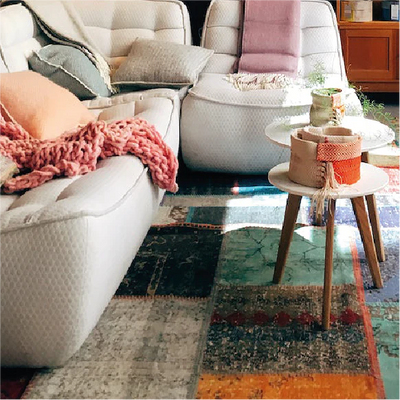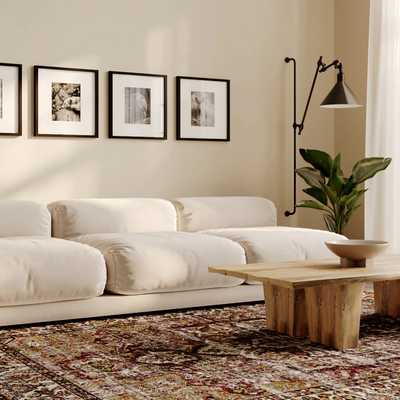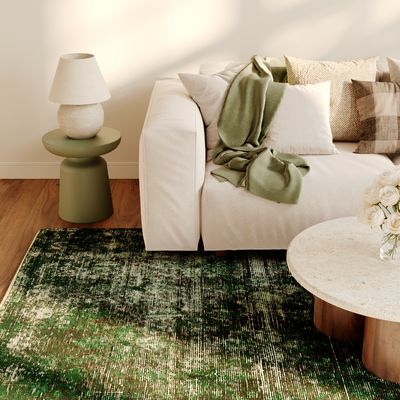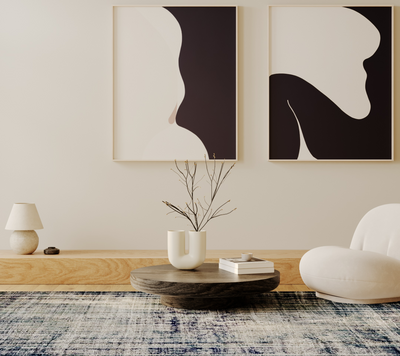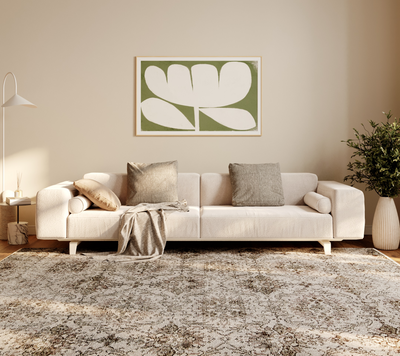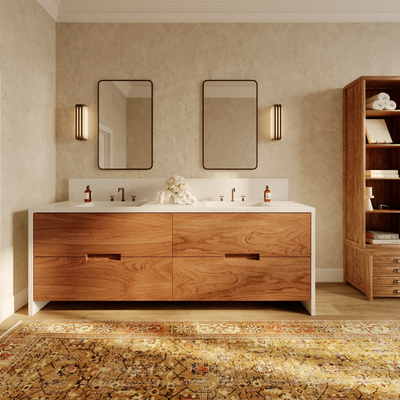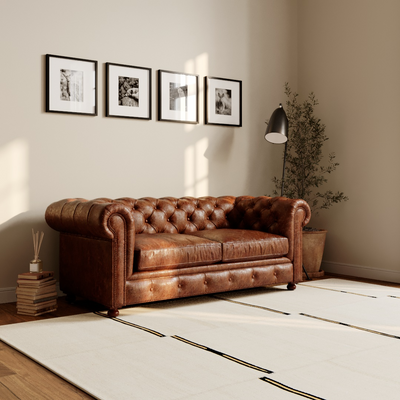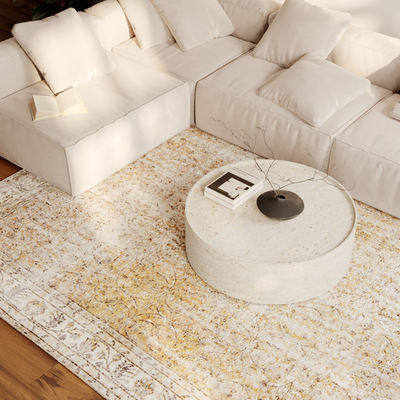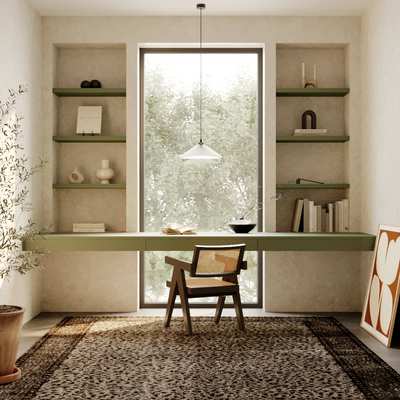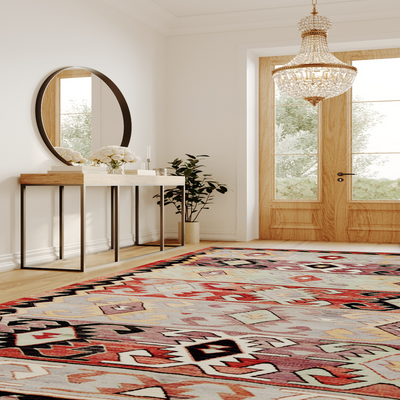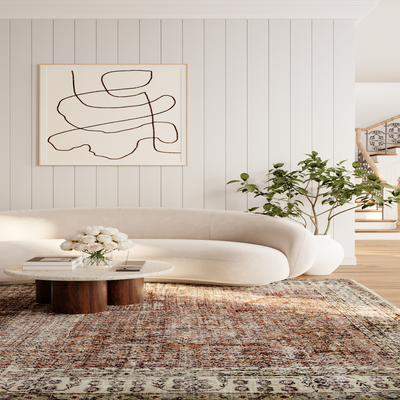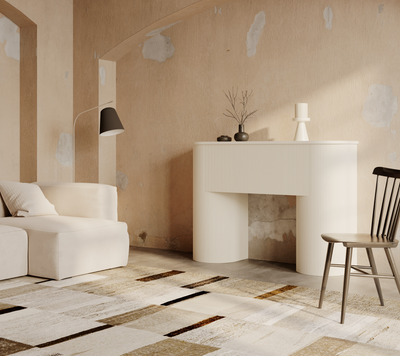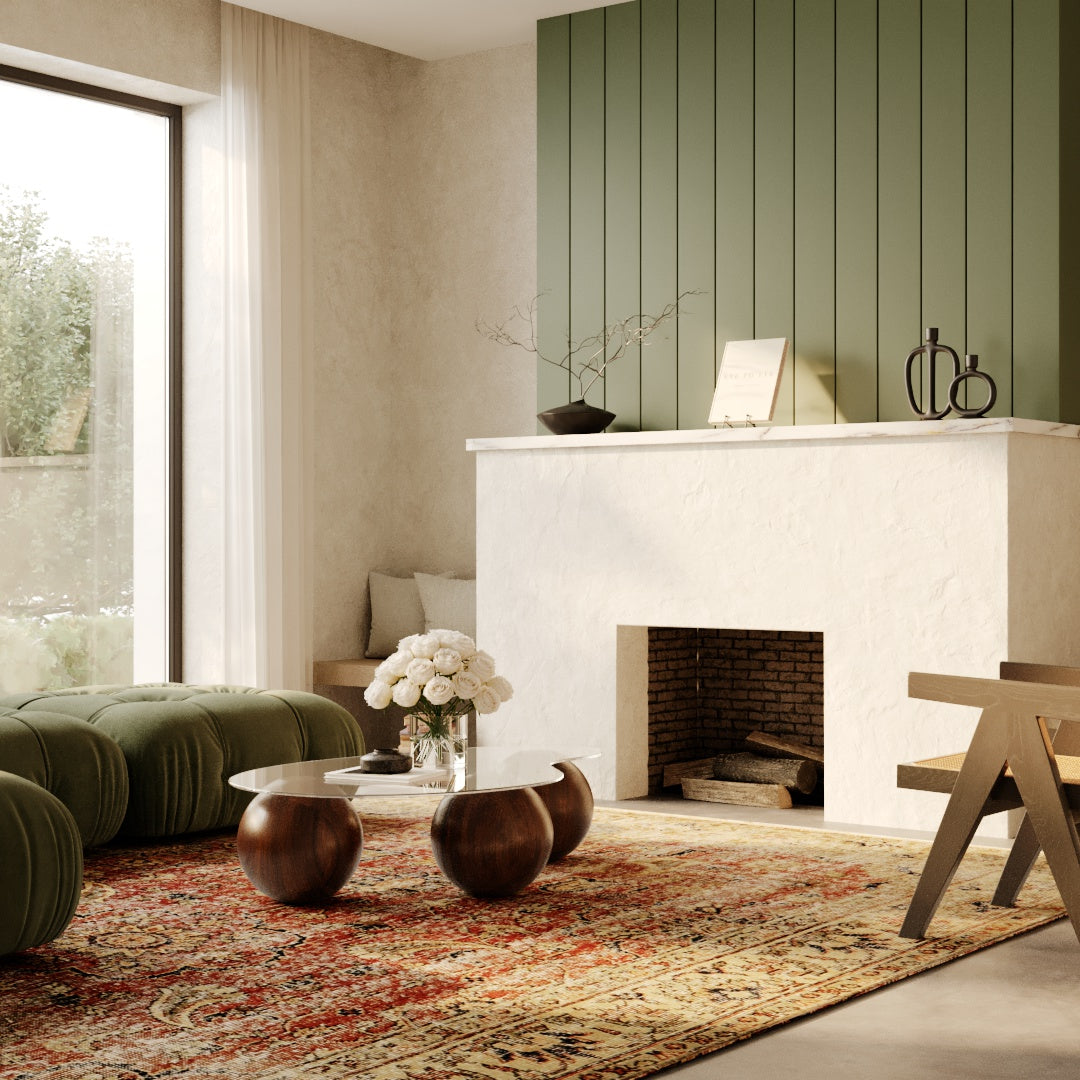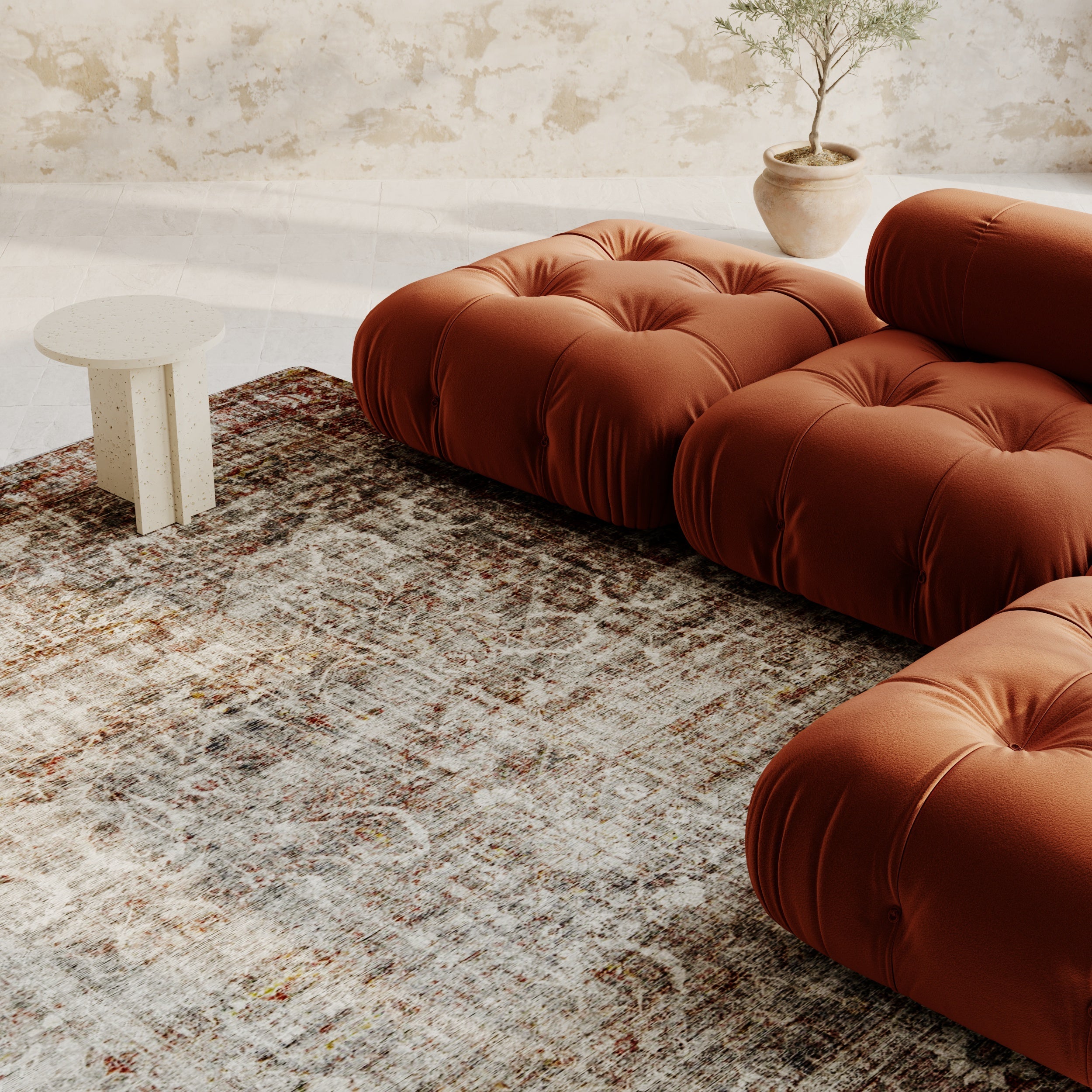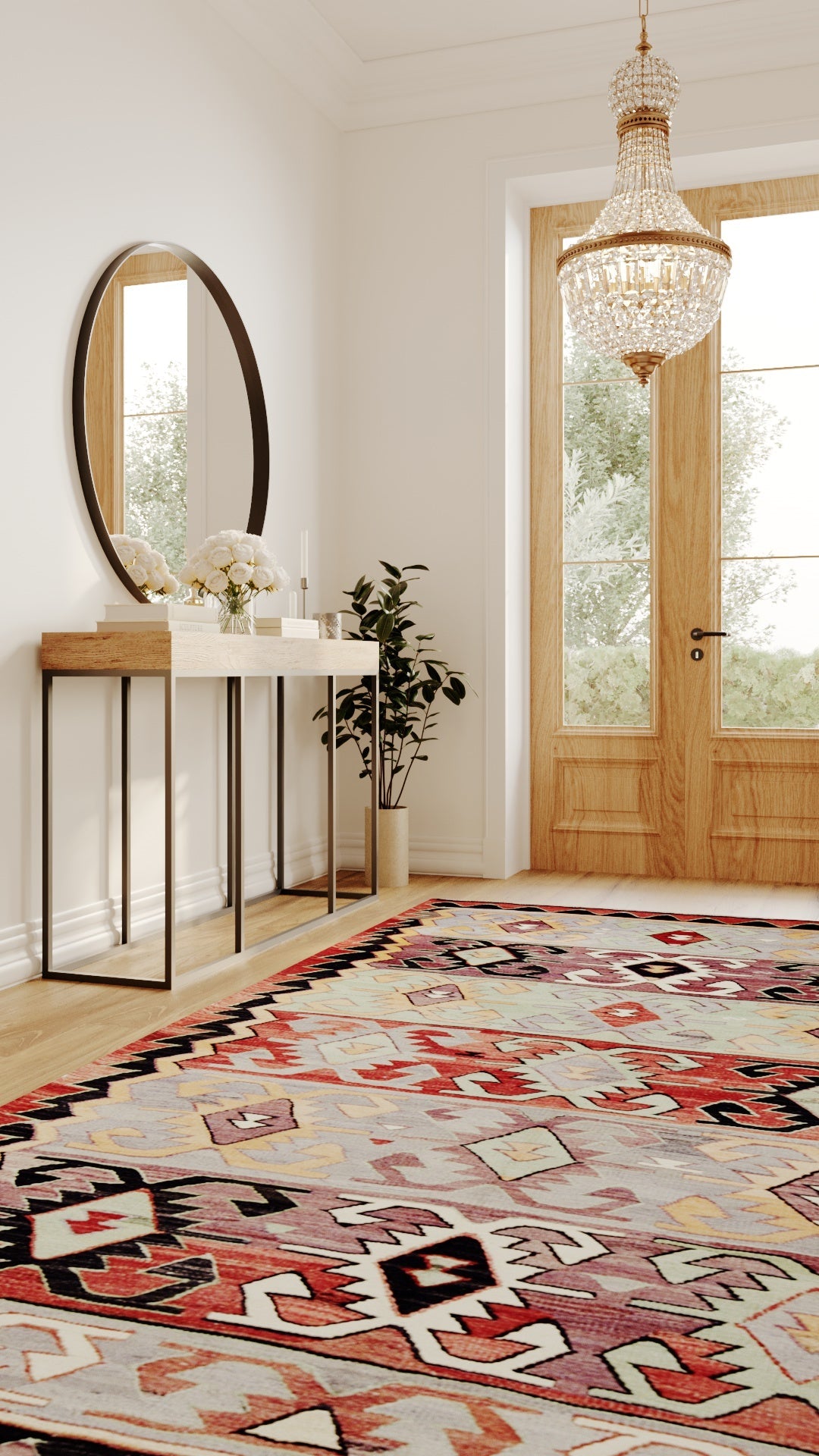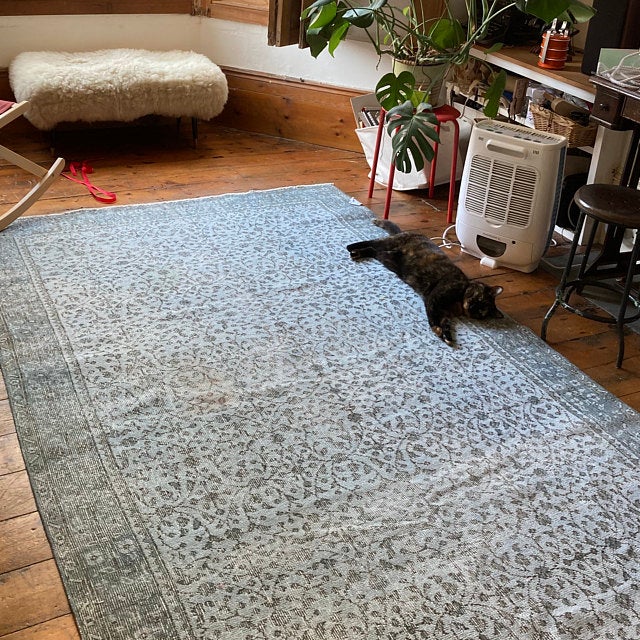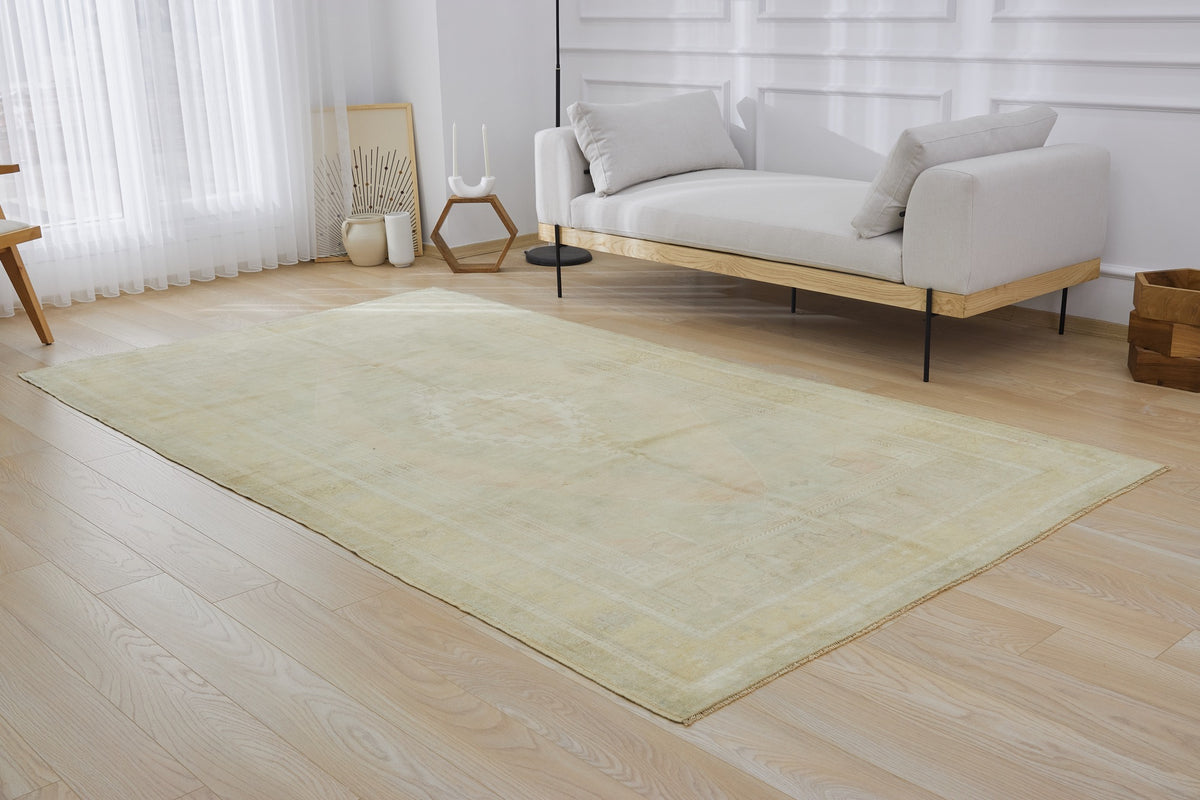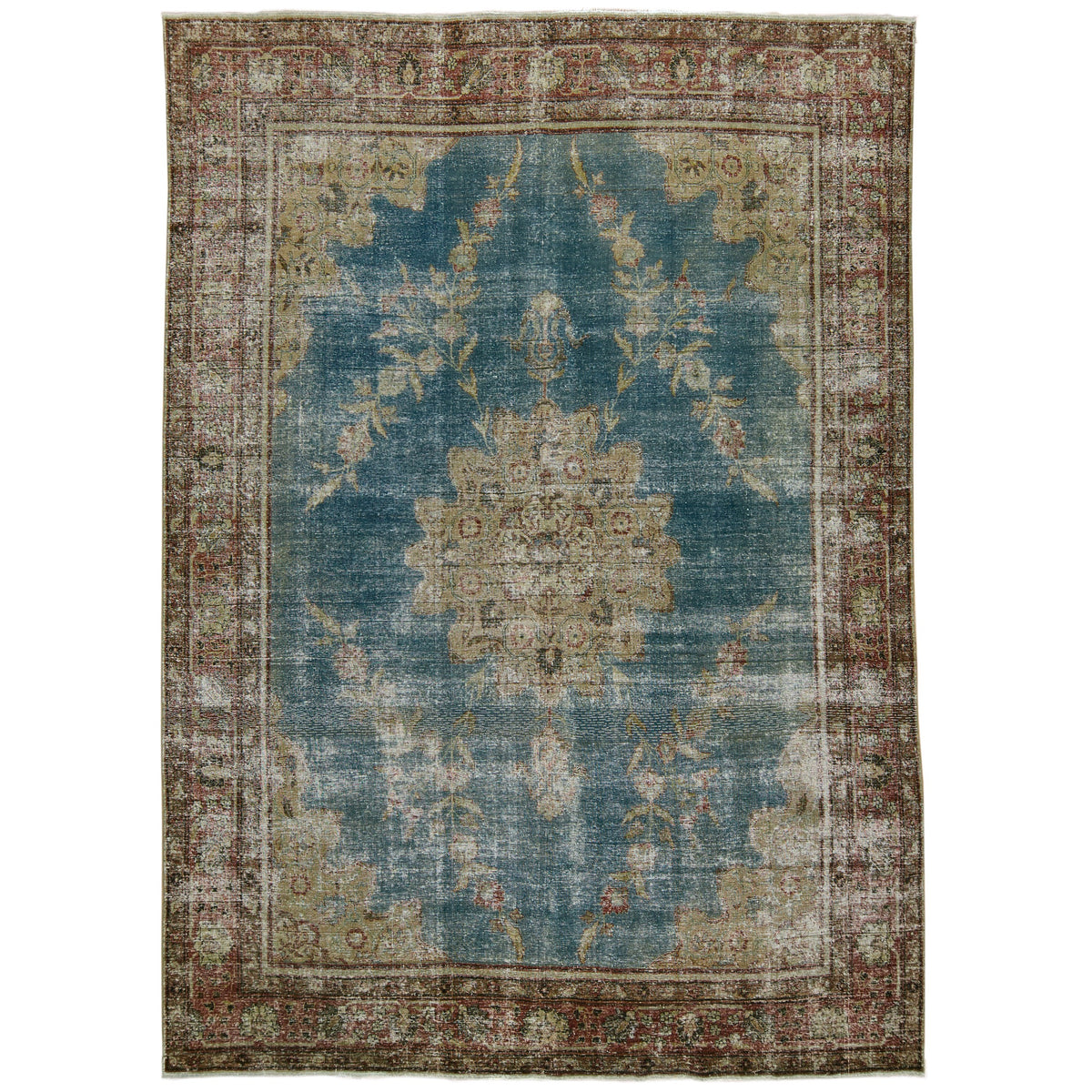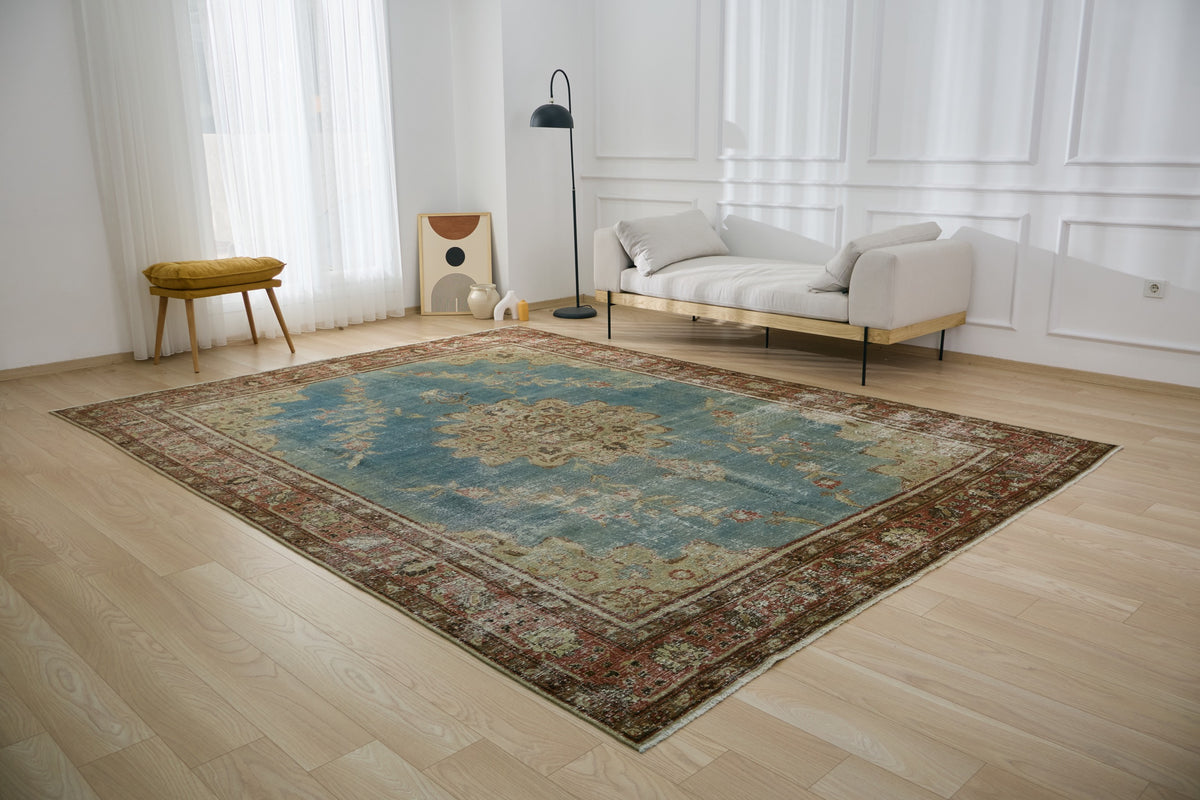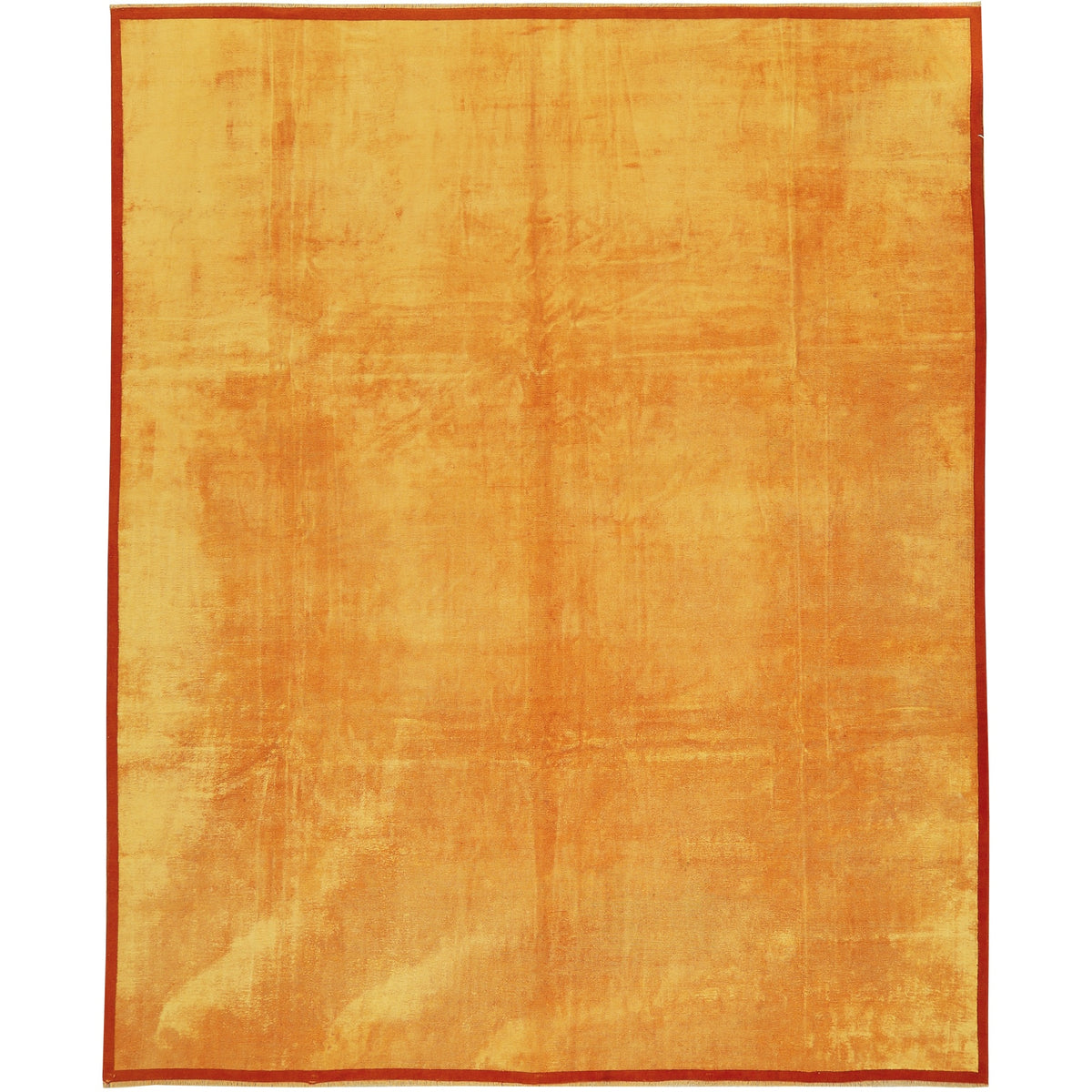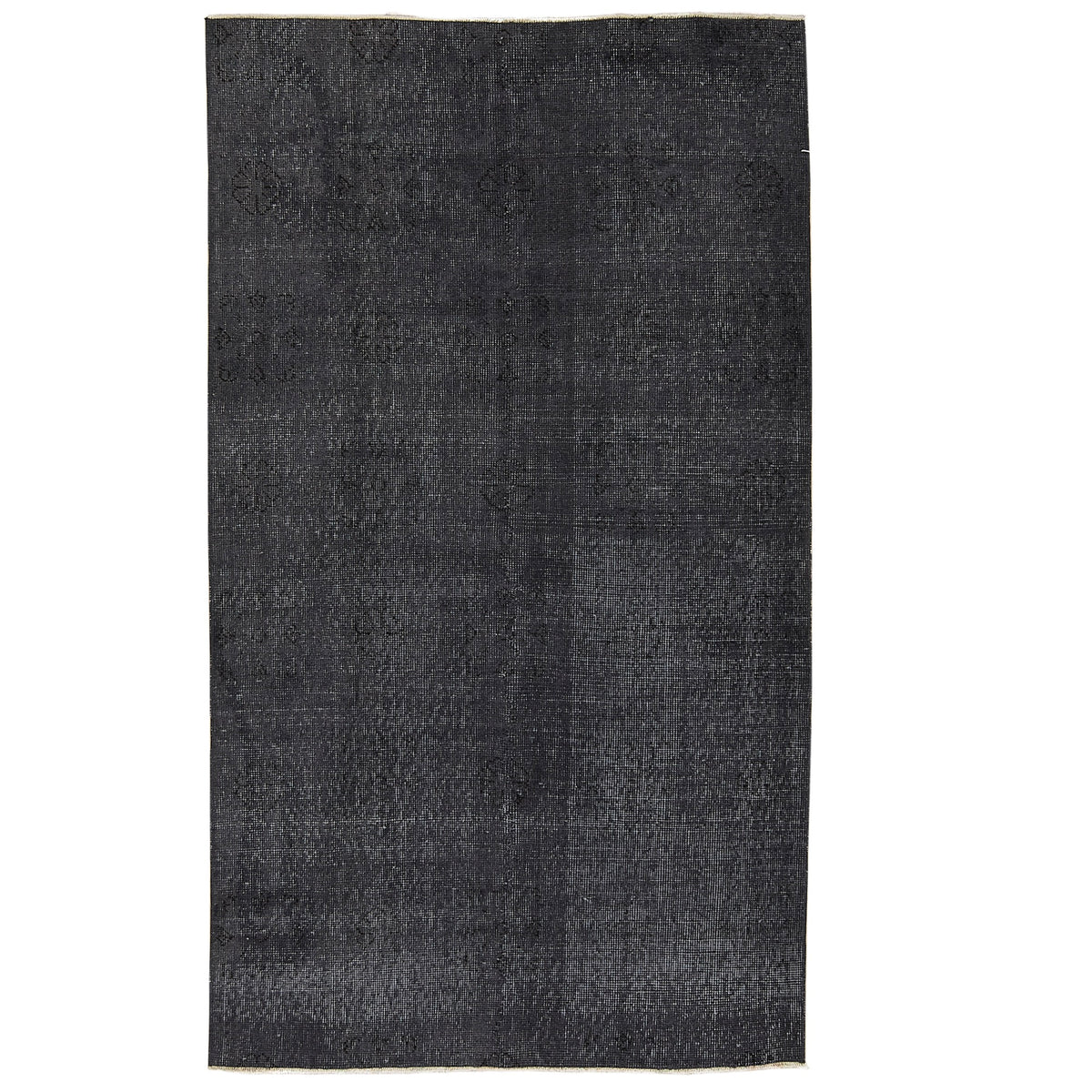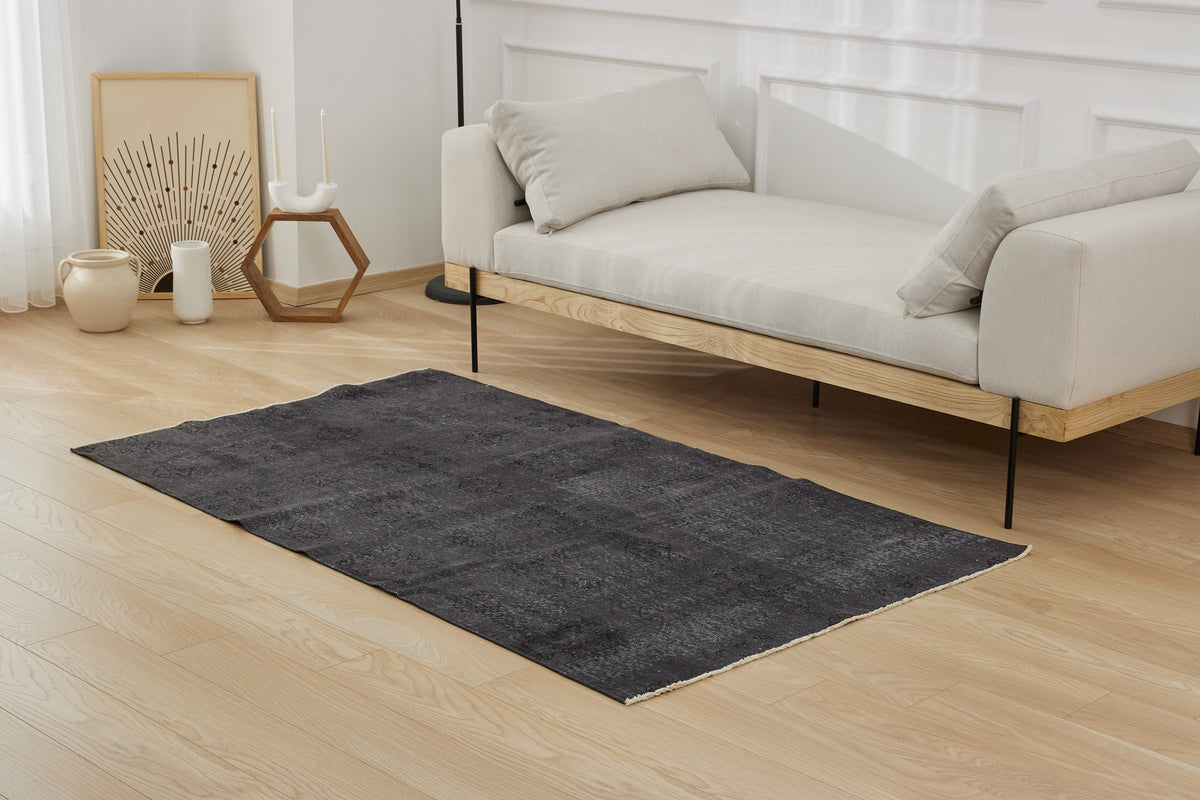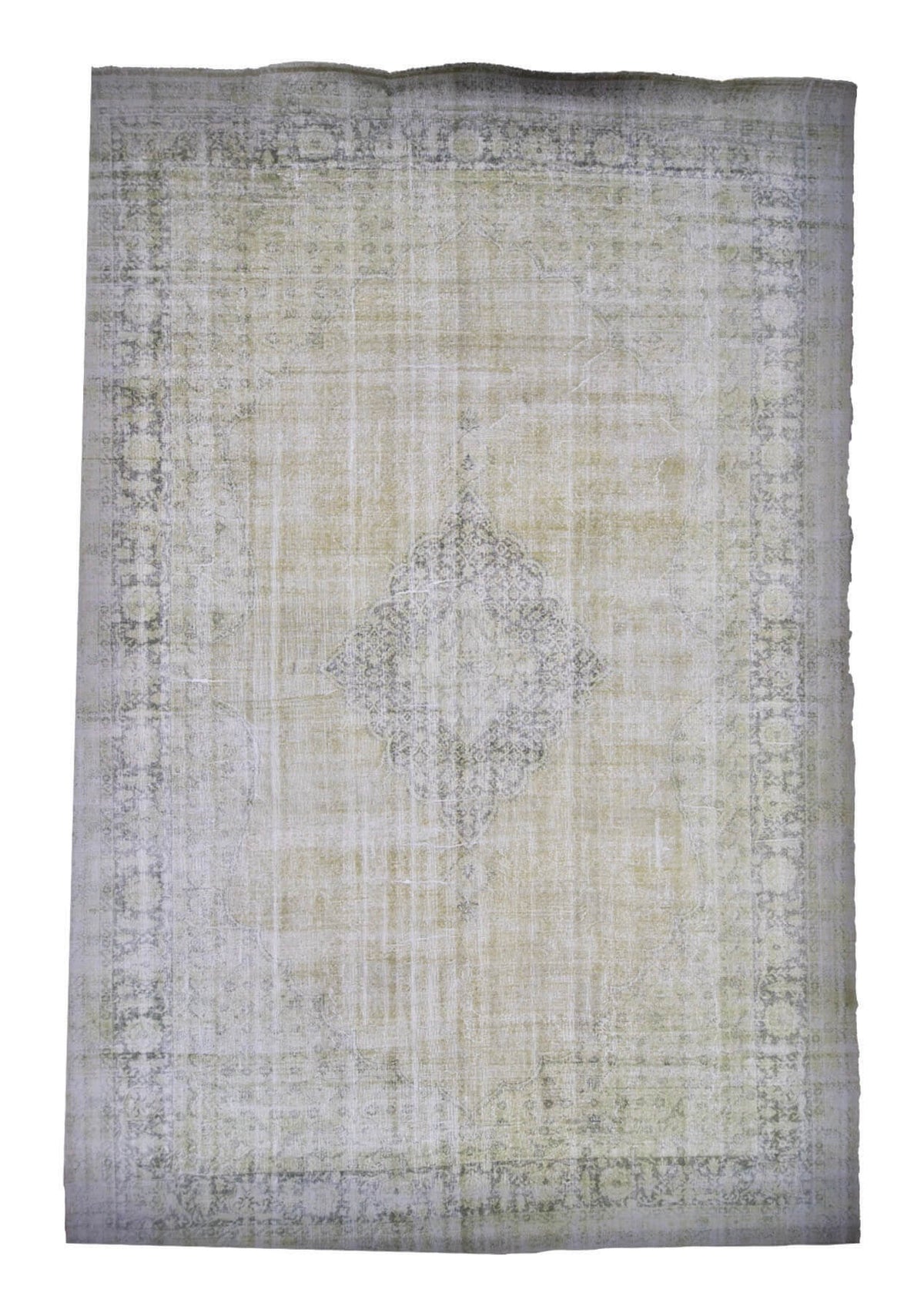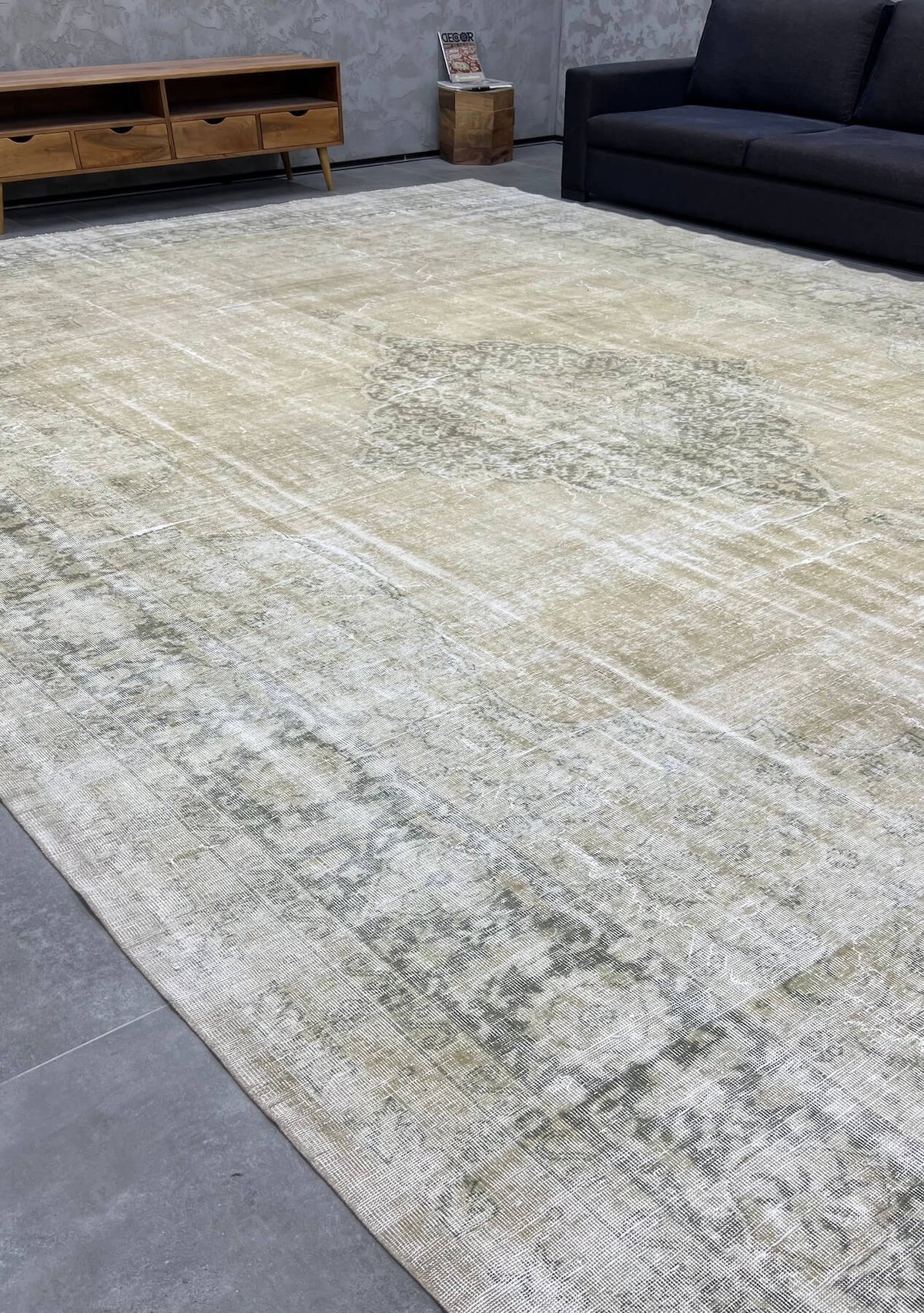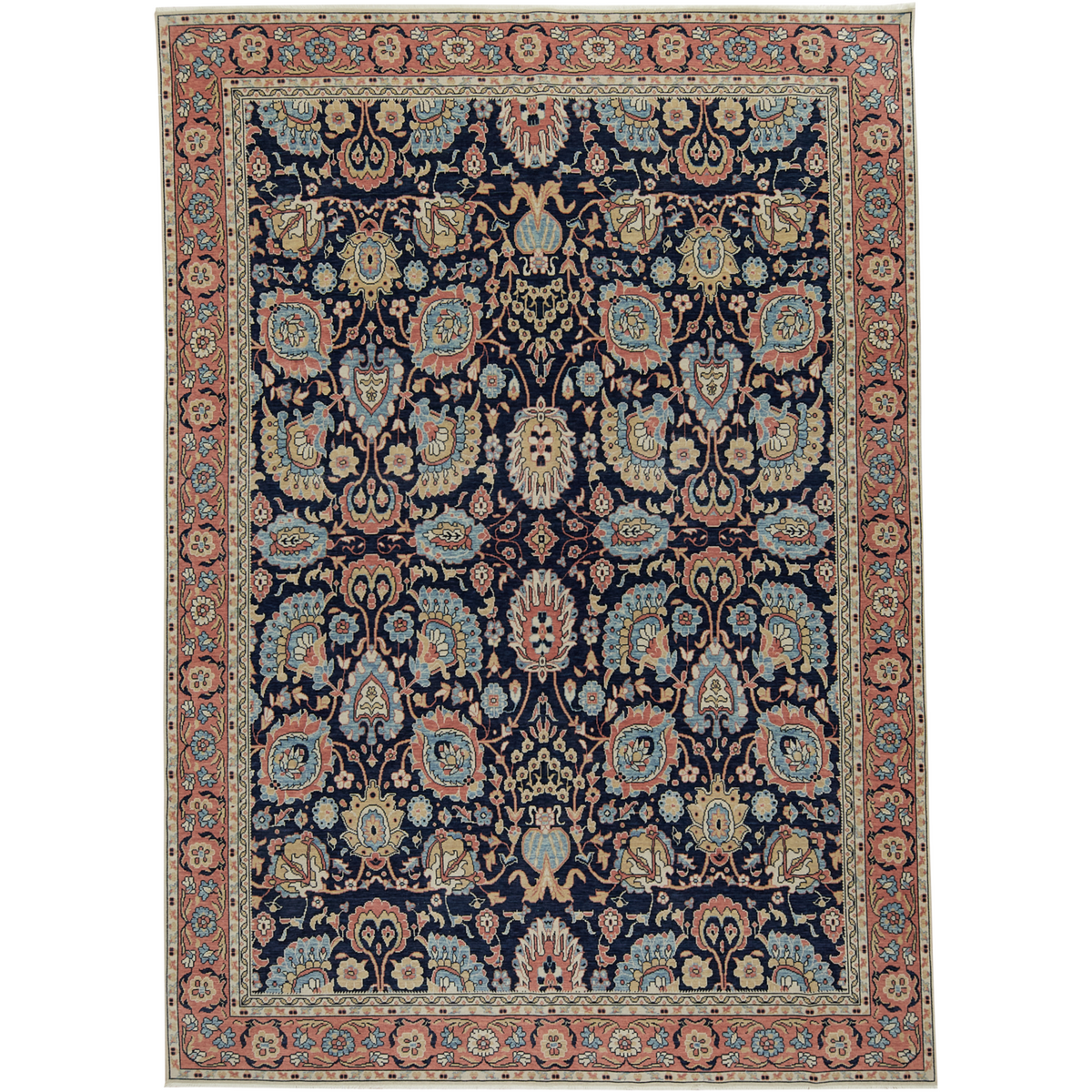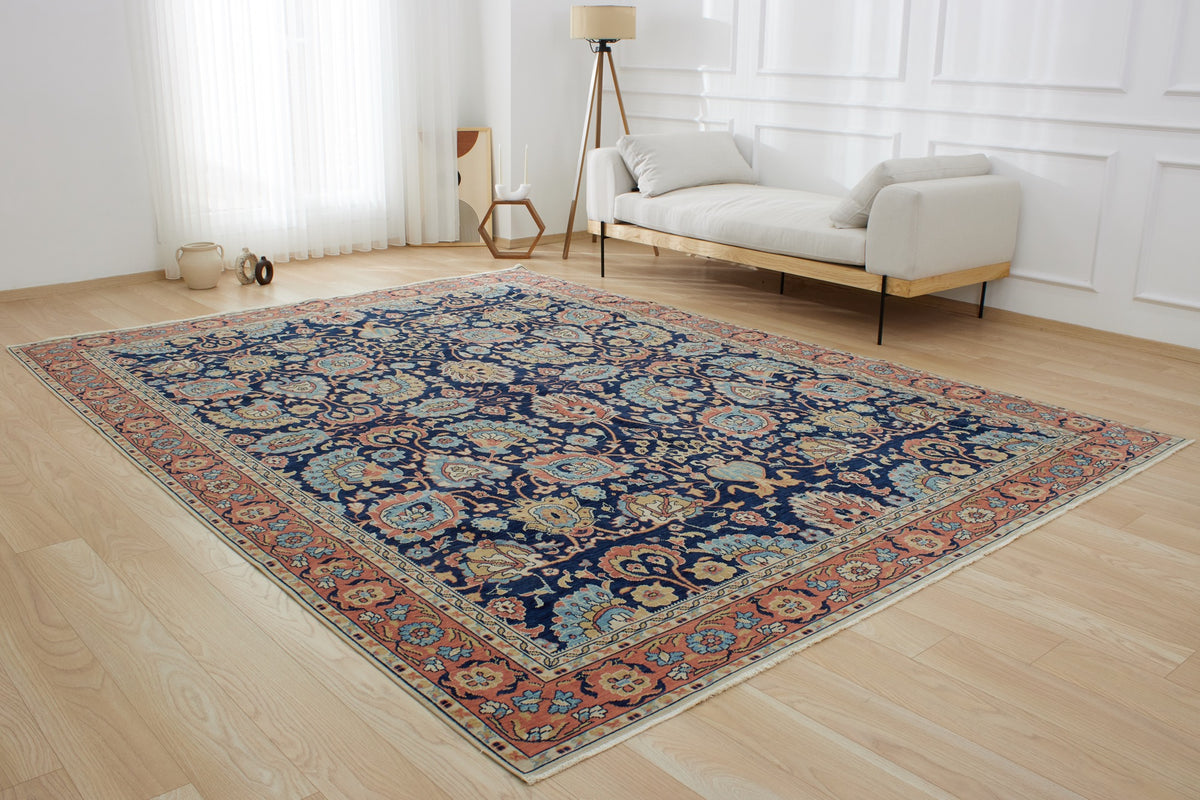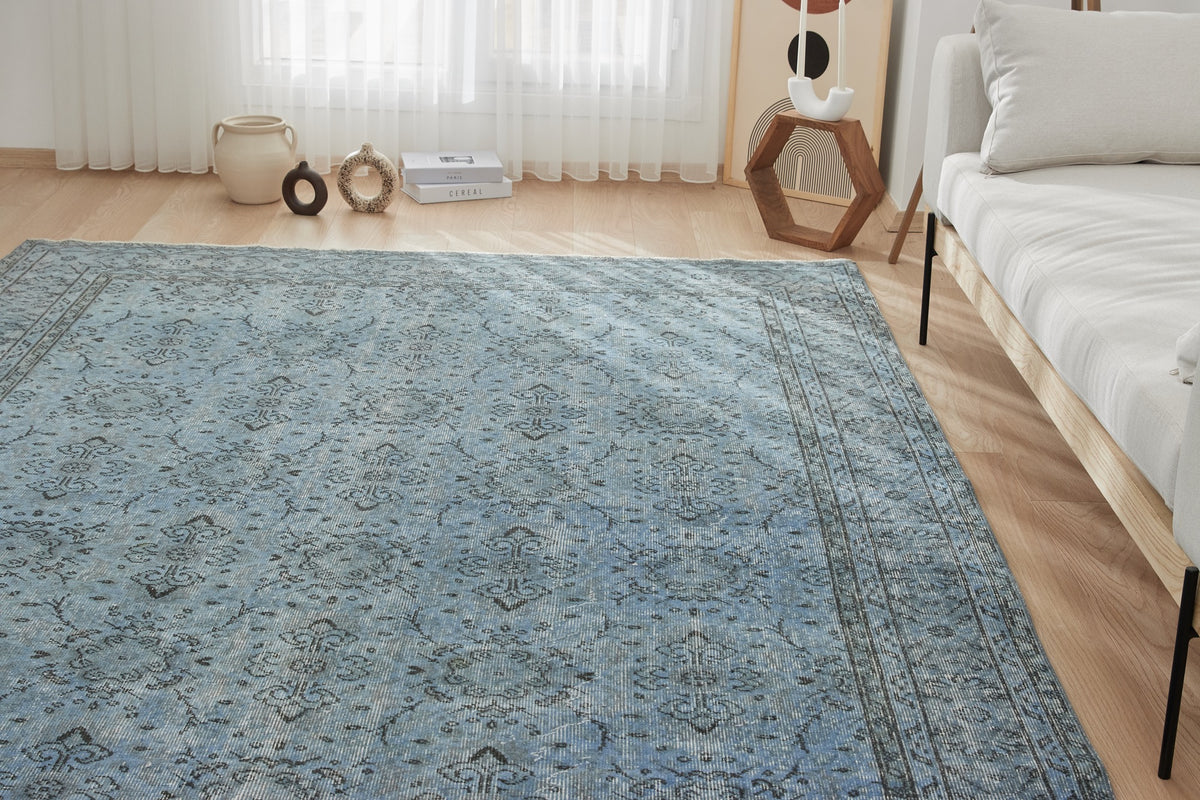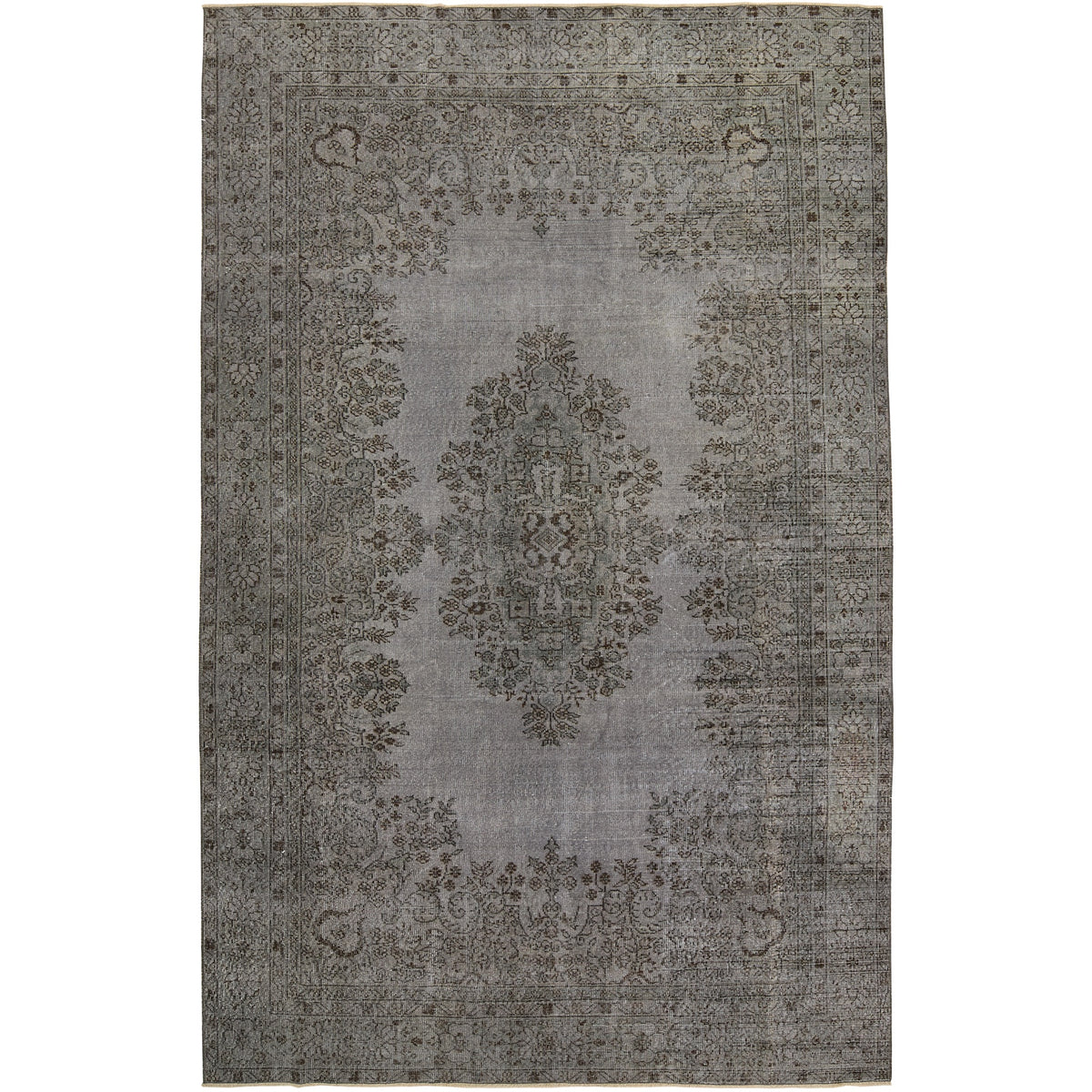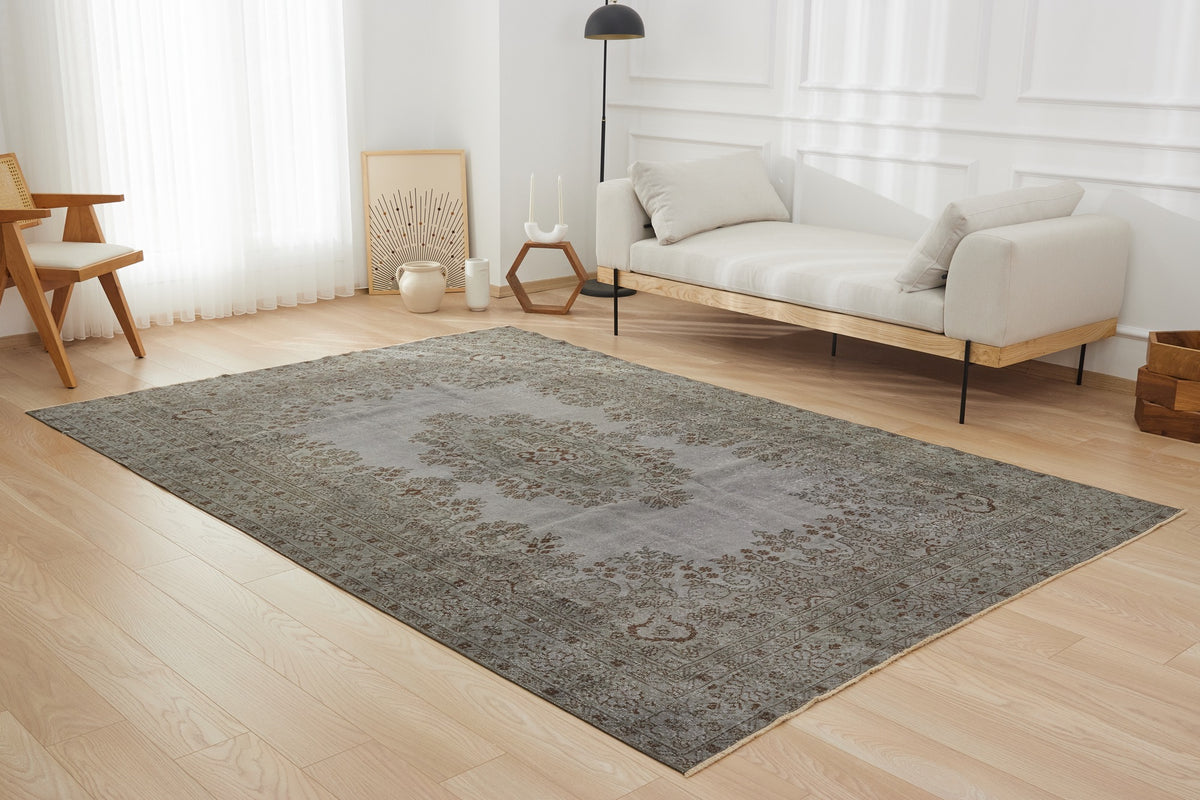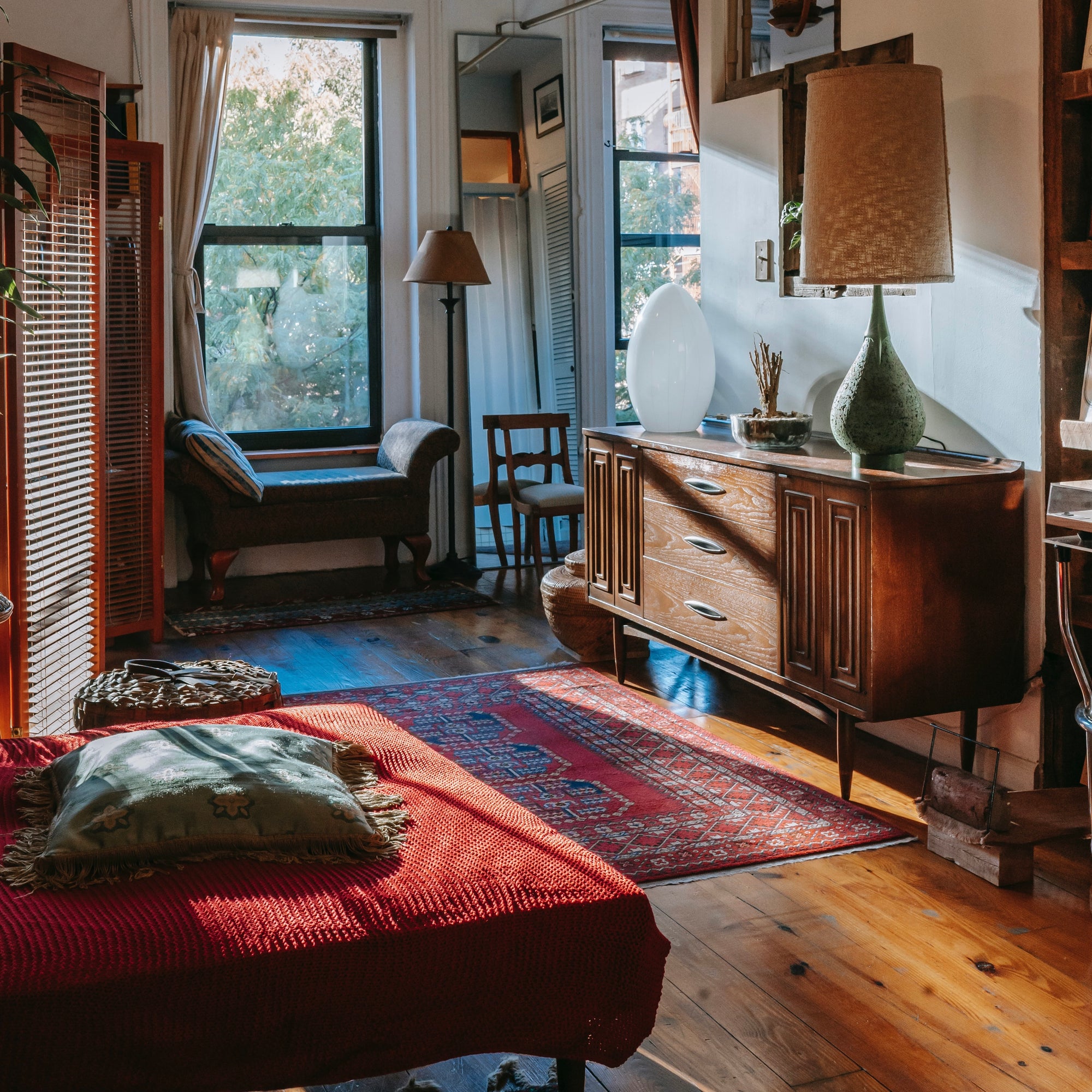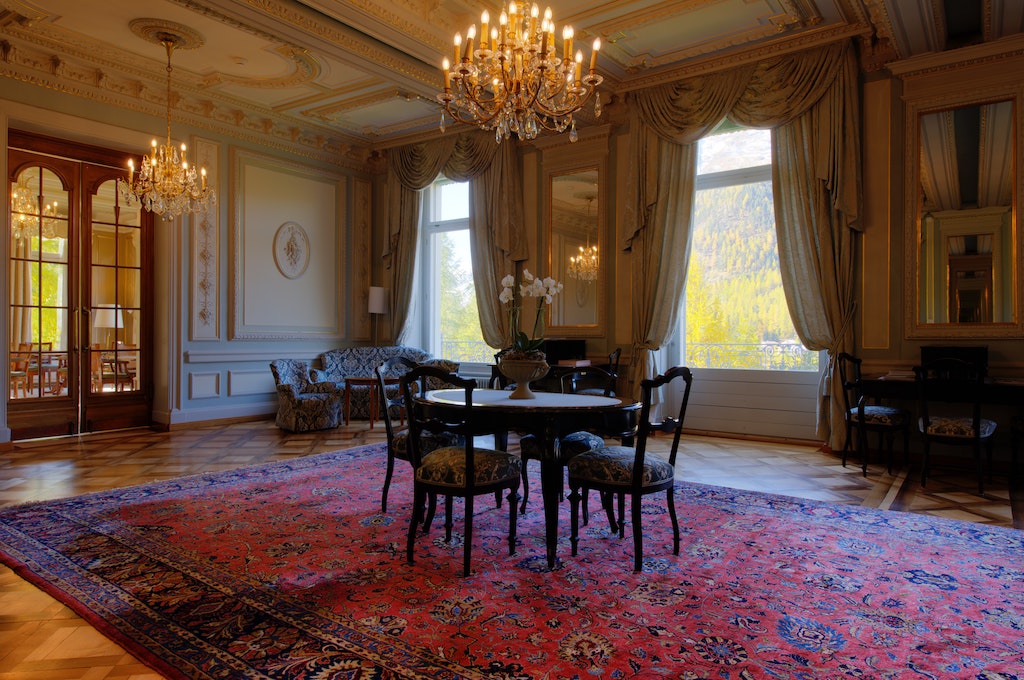Turkish and Persian rugs have always set the bar high in providing the best and the most elegant type of rugs. Both types are known effectively for their uniqueness and authenticity that weave through making them. The Persian and the Turkish rugs have an ancient root that combines culture and art to deliver a masterpiece. The rugs are pleasing to the eyes and a comfort to the legs. Many similarities and differences bind the two unique varieties of rugs, which are discussed in the blog.
History Behind the Unique Masterpiece
The history of the Turkish and Persian rugs has its uniqueness, just like the quality of the rugs. The name is predominantly used as a synonym for each other; however, it distinctly varies in its making and design that set them apart from each other. The first and the foremost feature that separates them is the country of origin of each type of rug.
Date Back to the Beginning of the Persian RugWith a long history, the Persian Empire is the home and the origin of the Persian rugs taking its name from the empire. Over the years, the Persian empire, now Iraq, had shifted and slowly moved towards Iran (being its central place of production). The rugs date back to the ancient days when the earliest type of carpets came into existence by the fifth century BC. Pazyryk is the earliest type of carpets designed by the Persians.
In the earlier days, the Persian rugs were limited to only certain neighbouring countries. However, by the passing of time, the carpets and rugs of the Persian lineage found their way to the entire world. These rugs were globally appreciated for their unique designs and texture. The reflection of Persian culture is quite evident in today’s product as it profoundly resonates with the tradition and essence of the country. Moreover, the Persian carpets and rugs have become a luxury and have a unique value showcased to the world. By the seventeenth century, the rugs took over and slowly shifted their roots towards the Middle East, which introduced the Turkish rugs.
Check out the different types of Persian rugs to select the best one that would blend with your home decor!

Turkish Rugs and its Lineage
The 16th century marked the birth of the Turkish rugs, which caught their lineage from the Persian rugs. The looming tradition excelled in Afghanistan, Turkey, Egypt, and Iran. These places hold the core and authenticity of the Turkish rugs from the village production. The hand-knotted Turkish rugs add an extra charm that is unique and traditional and has quite a similar design and style. This similarity leads to them being addressed as the same by a layperson.
Learn more about the different types of turkish rugs before you shop one for designing your home or office!
The Differentiation that Binds the Two Together
The primary differentiation between Turkish vs Persian rugs is the place the rugs are weaved and created, rather than the process undertaken for making them. One of the uniqueness viewed in both the rugs is the cultural influences it tries to impart through the work.
Knotting Techniques That Differentiates the Two
One of the most distinct features differentiating the Turkish vs Persian rugs is the knotting techniques, especially hand-knotted rugs. The hand-knotted rugs come with excellence and luxurious weaving that has a higher value in the market. The skilled artisans strive to bring about the essence of nature and miniature paintings in the period carpets through the knitting pattern by keeping account of the knot count.
The Varied Persian Knots
The Persian rugs that are knotted are famously called the Senneh knot. The technique that is predominant in this process is the single knot. However, a similar format is not used in every Persian knot rug. Some Persian rugs follow the Turkish knot pattern in some designs and styles. The rugs made in the country's Northern parts have an infused element from the Turkish tradition as the weavers mainly were nomads who had settled in Northern Persia. Eastern Iran, India, and many other countries use the Persian knot. In this type of knot pattern, one knot is tight, the other is loosely placed, and the asymmetric knot is then tightly knitted. This final pull tightens the knot entirely and is stronger than the Turkish knot because of the asymmetrical knots.
Unique Double Knot Turkish Rugs
The Turkish weavers predominantly use double knot patterns in weaving their rugs and period carpets. Turkish knots are pretty famous in many other regions apart from Turkey. The knot has excellent strength, and the symmetric knot is aligned to make the proper pattern at the end. Most thick carpets take up the double knot structure because of the symmetric knot, making it stronger and more efficient.
The Pros and Cons of the Handmade Knots
Turkish knot and the Persian knot, both are equally balanced and have a few positives and negatives. So, there are no definite answers to judge the knots as a better one. The Turkish knots are pretty strong and are arranged in proper consistency is what is significant about each turkish rug. However, the drawback would be that the shape of the knot prevents the person from folding it effectively and in a compact manner. In such cases, the Turkish knots are directed to be used for making thicker rugs. A great example would be the Kazak rugs that follow the double knot pattern with geometrical designs. However, the Persian rugs are pretty soft and comfortable, making it easier to carry them around.
Another misconception pertaining to handmade knots is that all the rugs use the knot pattern. Moreover, the Persian rugs and the Turkish rugs have the knot pattern as one of the styling formats instead of considering it the only format. However, just by viewing the knots, one cannot easily differentiate the authenticity of the traditional Persian vs Turkish rugs.
The Inspiration that Lays the Foundation in the Making of the Rugs
Just as any art form, even the art of making and weaving the rugs and period carpets have its own distinct and unique elements drawn towards it; Persian rugs have their own culture and legendary details reflected in the rugs. Along with that, the rug weavers take up nature as their theme while creating the pieces. So, it is usual to find animals, flowers, and other living things relating to nature play a prominent role in the designs and patterns.
However, the Turkish rug pattern and designs are pretty contradictory. The central theme of the Turkish rug revolves around real-life experiences and observations. So, the patterns have basically incorporated the religious beliefs that highlight the Muslim religion.
Designs and Patterns that Set the Two Apart
The designs and patterns in the rugs can be quite easily recognisable by anyone. The Turkish rugs are weaved in a geometric design that is pretty pointed and sharp. The double knot technique helps to attain the designs effectively. Since the rugs showcase motifs, it highlights puzzles and mysteries. Each of the designs is incorporated with a deeper meaning that adds value to the rugs.
The Persian rugs are different from the Turkish rug patterns as the designs and patterns are rounded. It is similar to the corner medallion, famous for such curvilinear designs. Floral designs and nature are the themes that the Turkish carpet weavers include while making the carpets. The weavers achieve the flexibility of the elaborate design seamlessly because of the single knot structure. This allows them to explore the Persian designs without any complications. Moreover, the Persian rugs give a royal look through their dashing appearances and also tend to create a feeling of palace atmosphere. The synthetic colours implemented would be natural colours that effectively give the feeling of nature and the world.
Different Styles That Bring Distinction Between the Two Rugs
Though the Persian rugs and the Turkish rugs look quite similar for an average person, they have many differences that separate them. The professionals and experts can quickly identify the rugs' style and origin just by paying closer attention to them. Moreover, each of the styles has its own story that creates a unique significance for each piece. The rugs also have their own weaving techniques that are mastered only by the traditional weavers.
Style That Charms the Turkish Rugs
The Turkish rug pattern draws inspiration from the Central Asia kilims for their style and design. The unique styling interlinks with the symmetrical knot by adding animal motifs as an extra charm to the rugs. The professional Asian rug makers were roped in in the earlier days to bring out the uniqueness in the design and style and make perfect rugs. By the end of the sixteenth century, the Turkish weavers mastered the art of creating rugs with animal motifs. That led to the opening of specific centers that inspired the creation of masterpiece rugs in the industry. Some of the best oriental carpet weavers in the field for weaving Turkish carpets are Milas and Konya. They have created the best works for bringing out the difference between persian and oriental rugs and have established an excellent reputation in the industry of manufactory rugs.
Persian Rug Styles to Adorn the Homes
The Persian rugs have a few differences in them because of the geographical separations in Greater Persia. The rugs' symbols can help experts differentiate the styles and the origin of the Persian rugs. The styles of the Persian carpet is put into two categories as follows,
City Rugs that are Distinct
The city rugs are predominantly rugs that are made in specific workshops that let the weavers and the knotters follow a specific pattern that comes with certain guidelines. The foundation for these types of rugs is generally cotton or silk threads. The main reason for choosing these two materials for the foundation is to make the rugs look refined. Some of the exemplary city rugs have patterns that implicate floral designs, with at least 15 synthetic colours or more being added to it in a single rug with alternate warps.
Tribal or Nomadic Rugs that are Drawn from Inspiration
The designs and styling of the tribal or nomadic rugs are purely based on the weavers and their source of inspiration from their nomadic lifestyle in their Persian oriental. In this type of rug, high-quality wool from the wool yarn is laid down in the foundation. One of the famous Persian rugs is the Esfahan Kashan Sarouk Kerman Heriz.

The Famous Types of Rugs
The Persian vs Turkish rugs have various types of rugs that are being evolved slowly throughout the years, and there are different types of rugs under different names that define certain cultures and norms. The rugs incorporate the traditional and ancient rugs weaving with a modern twist in the modern days. Some of the famous types of Persian and Turkish carpets and rugs that are distinct in their features are as follows,
Anatolian Rugs from the Ancient Times
The names come from the rugs weaved in the place called Anatolia and its surrounding regions. To be precise, the areas were in general annexed by the Ottoman empire. Being a traditional craft for the people living in the surroundings, the Anatolian rugs are the knotted pile of consistent rugs that cover the floor or wall. These are a type of Turkish rug pattern and evidently highlight the culture and essence of the place. The Turkish carpets were flawlessly weaved and at times showcased the European paintings from the Renaissance period. With the evolving world, the making of rugs also advanced in the 19th century because of the introduction of synthetic materials in its designs and patterns.
Ziegler Rugs Just as Unique as its Name
The Ziegler rugs date back from the 19th century finding their roots in Persian culture. The name of the rug does not denote a place. Rather, it refers to a design that was run and developed by a German company. Moreover, the rugs are also called Chobi or Peshawar rugs because of their style and pattern. The rugs were designed keeping in mind the western culture and implicated the Persian carpet style of weaving. These rugs are easy to use and can instantly be placed in any home without any concern.
Shah Abbas Being the Beauty on the Floor
The Persian rugs have always been a sight to the eyes, and with the Shah Abbas rugs designs, one can achieve the right colours that are intermingled in the right ratio without compromising on giving the best visual effect. Shah Abbas was named after a ruler with the same name from the sixteenth century. He was the one who had introduced the new and unique design of weaving the rugs. The designs and the combination of the right colours that were employed took the rug weaving industry to the next level. The rugs of this type are considered to be one of the most beautiful looking rugs on earth. In this period, the weaving workshop was initiated to let the people have a wider knowledge about the rugs and the process that goes into creating one of the cultural art and craft of the place.
Isfahan Rugs that Stands Apart
Isfahan rugs are of Persian origin that emerged in the sixteenth century, and the name denotes the place in the region that dominates in creating the designs of the Isfahan rugs. The town manufactures these rugs using a soft kork wool that gives a comfortable outlook. It is tightly woven, and the design symbolizes the central medallion surrounded by designs, for example, flowers. The colours used in this pattern are blue, red, ivory, and indigo. Apart from wool, the next predominantly used foundation is silk which gives a tightened and effective look to the rugs and carpets.
Kazak Rugs Holding the Distinct Features
Kazak rugs are often wrongly connected to the country of Kazakhstan; however, they relate to the tribal rugs that are handmade by women from the Caucasus community. The roots of the rugs go back to the sixth century BC as a wonderful piece of craftsmanship of the Armenians. The Kazak rugs are of three types, and they are classified according to geographical areas. The rugs are either blue or red coloured shades in a darker version. Kazak can be used as a prayer rug at homes and churches.
Value of the Turkish and Persian Rugs
The value and pricing of the Turkish vs Persian rugs vary accordingly by basing it under various factors. The new and antique rugs can be ranged between 10000 dollars to 20000 dollars, whereas the same rug can be sold for a minimum of 1000 dollars if it has lost its new texture.
Differences in the Value for Handmade and Machine Made Rugs
The value of the rug solely depends on its creation and the entire process it takes to deliver the outcome. In general, handmade rugs are pretty expensive compared to machine-made rugs. This is because a lot of additional effort is required in the making of the handmade rugs. However, the machine-made rugs are just a copy of the other that requires less intervention by men.
The intense labor in creating unique traditional design makes it even more valuable. The rugs with intricate and detailed curvilinear designs can take up to 6 months to complete as they need so much time, effort, and concentration. The handmade rugs that are knotted require intense attention and patience, resulting in an antique and excellent masterpiece.
Value with Age
The handmade rugs of Turkish or Persian origin add a greater value with age. It is considered to be prestigious to hold such antiques in possession. So, the families treasure these rugs and leave them behind for their younger generations. One of the essential elements that add value with time is the uniqueness of the design and the effective culture that is combined together. Moreover, the dyeing process adds an extra effect to the rugs. Traditional dyeing, natural dyeing, and double dyeing with the right set of natural colors can add greater value. The weavers add an extra coating to the finished carpet with double dyeing.
Design Being the Element of Value
When the rug has an intricate design that has lots of effort taken to create, then the rug would be pretty expensive. The more detailed the traditional design is, the higher the cost. Moreover, the animal designs and patterns in the rugs can add an extra value to the handmade carpet than the other curvilinear designs.
Conditioning of the Rugs
The rugs that are attractive and maintained in good condition always have a greater value compared to the rugs that are less attractive and a little shabby. So, to maintain the condition of the authentic and quality carpet, it is necessary to have professional cleaners take up the job of cleaning since the professional cleaners would have both the experience and talent with which they can give the previous and new look for the rugs and thereby add value to it.
Material and Size Being an Extra Factor to Add Value
Silk rugs are at times approached by some of the customers who fancy adorning the floor with different materials. Though silk rugs are durable, they are pretty expensive because of their appeal and the time and effort taken to make them.
The size plays a vital role in the cost of the Persian or Turkish rugs. If the rug is big enough to spread through the entire room, then it would be a little more expensive than the smaller rugs. However, the price of similar-sized rugs also varies as the design and pattern come into the picture.
Persian and Turkish Rugs Being the Absolute Delight in the Industry
Turkish vs Persian rugs have their own pros and cons that complement the features of each other, thereby showcasing the unique style. The rugs look natural and blend perfectly with the environment of a home. It showcases the beauty of the carpets by intermingling the essence of the place and its culture. This makes the rugs unique and pleasant for the viewers and buyers looking forward to the most cultural and authentic type of rugs. Such goals can be achieved through Turkish and Persian rugs.

